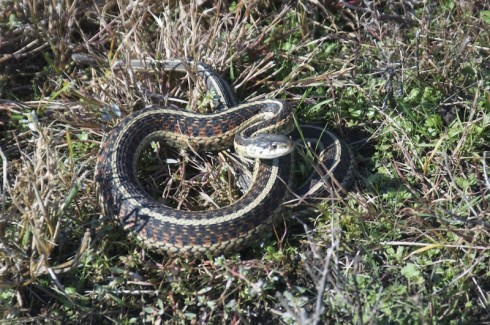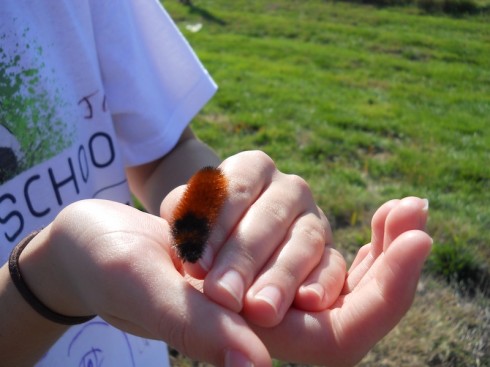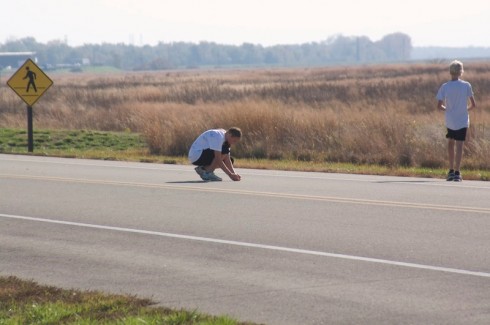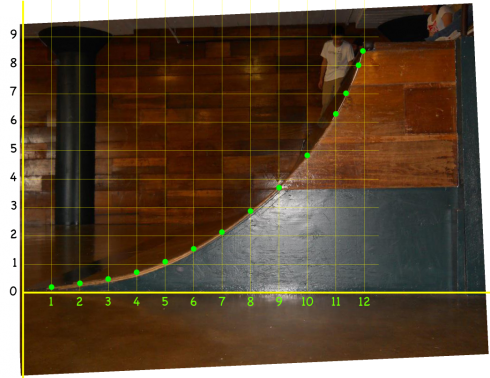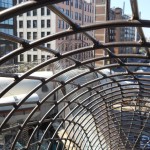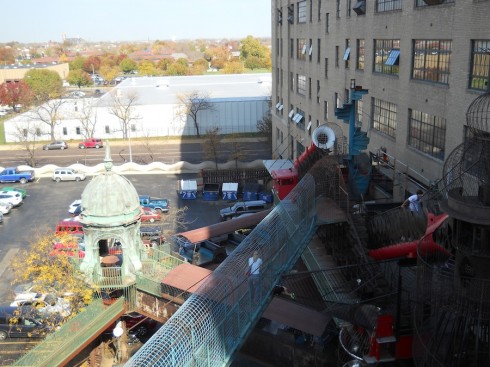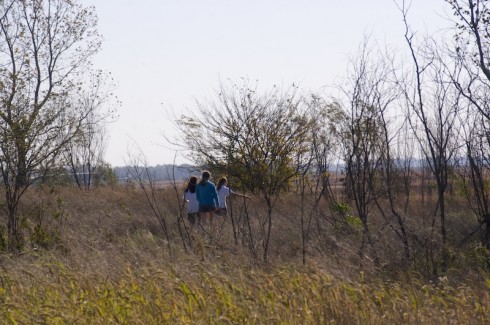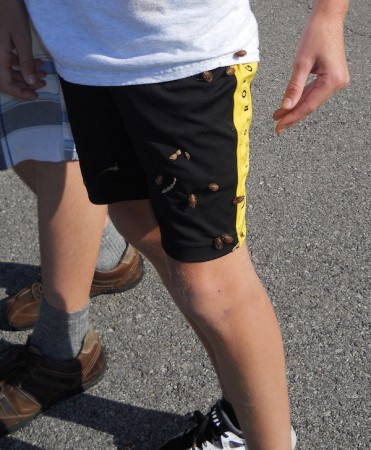Just a few days after the devastation of Hurricane Sandy, New York mayor Michael Bloomberg considered the role of climate change:
… The floods and fires that swept through our city left a path of destruction that will require years of recovery and rebuilding work. And in the short term, our subway system remains partially shut down, and many city residents and businesses still have no power. In just 14 months, two hurricanes have forced us to evacuate neighborhoods – something our city government had never done before. If this is a trend, it is simply not sustainable.
Our climate is changing. And while the increase in extreme weather we have experienced in New York City and around the world may or may not be the result of it, the risk that it might be – given this week’s devastation – should compel all elected leaders to take immediate action.
Here in New York, our comprehensive sustainability plan – PlaNYC – has helped allow us to cut our carbon footprint by 16 percent in just five years, which is the equivalent of eliminating the carbon footprint of a city twice the size of Seattle. Through the C40 Cities Climate Leadership Group – a partnership among many of the world’s largest cities – local governments are taking action where national governments are not.
But we can’t do it alone. We need leadership from the White House – and over the past four years, President Barack Obama has taken major steps to reduce our carbon consumption, including setting higher fuel-efficiency standards for cars and trucks. His administration also has adopted tighter controls on mercury emissions, which will help to close the dirtiest coal power plants (an effort I have supported through my philanthropy), which are estimated to kill 13,000 Americans a year.
Mitt Romney, too, has a history of tackling climate change. As governor of Massachusetts, he signed on to a regional cap- and-trade plan designed to reduce carbon emissions 10 percent below 1990 levels. “The benefits (of that plan) will be long- lasting and enormous – benefits to our health, our economy, our quality of life, our very landscape. These are actions we can and must take now, if we are to have ‘no regrets’ when we transfer our temporary stewardship of this Earth to the next generation,” he wrote at the time.
— Michael R. Bloomberg, 2012: A Vote for a President to Lead on Climate Change in Bloomberg.com.
↬ The Dish
While NPR has an article on a proposed, multi-billion dollar, offshore barrier to prevent the storm surge.
Since we’re talking about environmental economics at the moment, I played the interview, had my students read the Bloomberg excerpt, and then provoked a discussion of the value of human life with the question, “If the proposed $10 billion project could save 50 lives, would it be worth it?”
To keep the discussion focused I asked them to ignore all the other possible benefits of the barrier.
It’s a really tricky issue to deal with, but we ended up talking about how the U.S. government estimates the monetary value of human life. According to a recent New York Times article, values range from $6.1 million (Dept. of Transportation) to $9.1 million (EPA).
The business community historically has pushed for regulators to put a dollar value on life, part of a broader campaign to make agencies prove that the benefits of proposed regulations exceed the costs.
But some business groups are reconsidering the effectiveness of cost-benefit analysis as a check on regulations. The United States Chamber of Commerce is now campaigning for Congress to assert greater control over the rule-making process, reflecting a judgment that formulas may offer less reliable protection than politicians.
Some consumer groups, meanwhile, find themselves cheering the government’s results but reluctant to embrace the method. Advocates for increased regulation have long argued that cost-benefit analysis understates both the value of life and the benefits of government oversight.
— Appelbaum (2011): As U.S. Agencies Put More Value on a Life, Businesses Fret in the New York Times.
